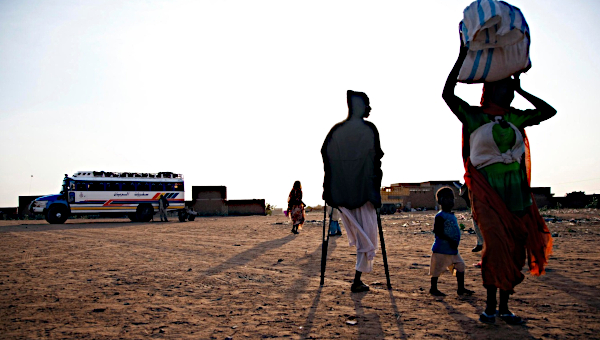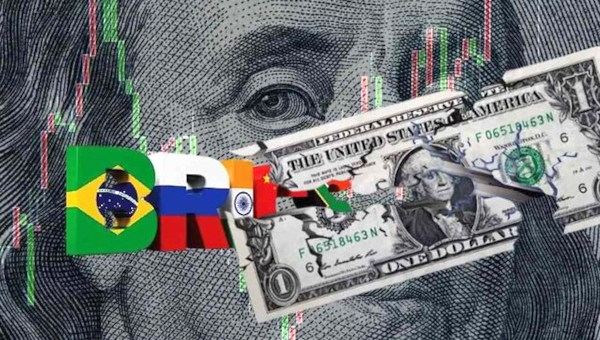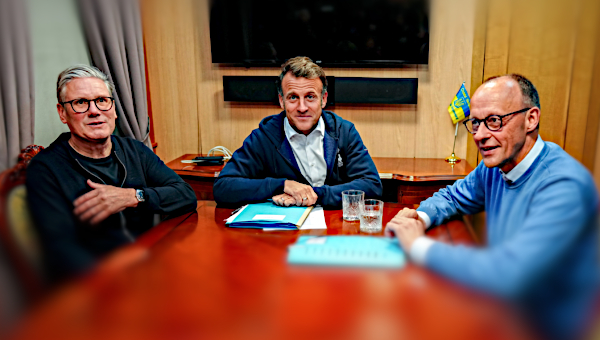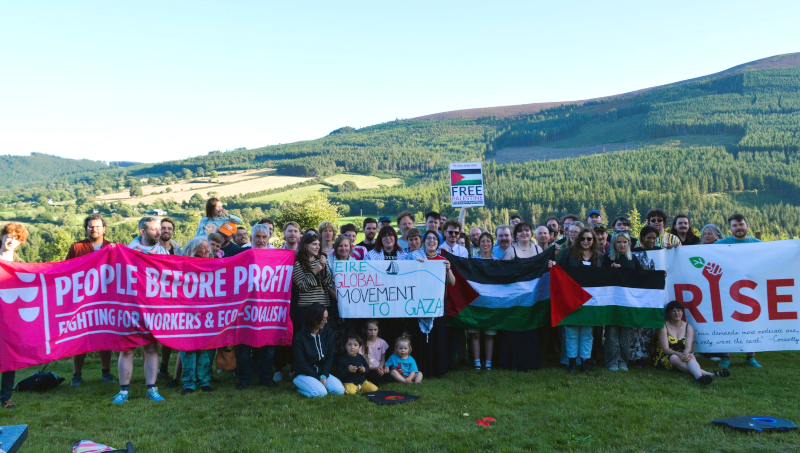Over four years since mass uprisings ousted sclerotic regimes in Tunisia and Egypt, it can seem that the initial hopes represented by these movements lie in tatters. Libya, Syria, Yemen and Iraq remain mired in bloody armed conflicts that have led to the deaths of hundreds of thousands and displaced millions more within and across borders. In the pivotal case of Egypt, military rule has returned through the violent crushing of protests, the arrests of an estimated 40,000 people and the rebuilding of the repressive structures of the [Hosni] Mubarak era. Elsewhere, autocratic governments look more secure in their rule today than they have for many years.
 In assessing the current moment, though, we need to look beyond the headline coverage of war, displacement and sectarianism. The Arab uprisings were not simply struggles against authoritarian rule; they were ineluctably wrapped up with a decades-long stagnation in living conditions and profound inequalities in wealth and power. Without addressing these socio-economic roots of the region’s malaise, there is no way out of the current impasse.
In assessing the current moment, though, we need to look beyond the headline coverage of war, displacement and sectarianism. The Arab uprisings were not simply struggles against authoritarian rule; they were ineluctably wrapped up with a decades-long stagnation in living conditions and profound inequalities in wealth and power. Without addressing these socio-economic roots of the region’s malaise, there is no way out of the current impasse.
Even prior to the 2008-09 global economic crisis, the Arab world ranked near the bottom of the world in numerous development indicators. Average unemployment rates for Egypt, Jordan, Lebanon, Morocco, Syria and Tunisia were higher than any other region in the world, while labour force participation rates were the lowest (less than half of the population).[1] For the Arab world as a whole, youth and female participation rates also ranked at the bottom of the globe.[2] In addition, those actually in employment tended to be in precarious, low-paid informal jobs; the countries of North Africa, for example, had one of the fastest-growing informal sectors anywhere on the planet.[3] There are many other statistics like these that could be recounted for poverty, malnutrition, illiteracy and other measures of social conditions; these are trends that have remained virtually unchanged for over two decades.
Standard Menu of Neoliberal Policies
Key to explaining these outcomes are the IMF and World Bank-sponsored economic policies pursued by Arab governments since the 1980s. Of course there were important variations in pace and scale, but virtually all Arab states moved to implement the standard menu of neoliberal policies: cutbacks to social spending, privatization of land and other state assets, labour market deregulation, financial and trade liberalization, and so forth. These policies were focused upon the promotion of private-sector growth, while shifting more and more people into a reliance on the market and simultaneously eroding forms of collective social support. Western states applauded and drove these moves; indeed, the poster child of Arab neoliberalism, Mubarak’s Egypt, was anointed the world’s “top reformer” by the World Bank in 2008.[4]
Not everyone, however, lost from these policies. Indeed, for several key countries, growing poverty levels occurred in tandem with high economic growth rates, demonstrating that wealth was flowing toward some and away from others. In Morocco, Egypt, Tunisia and Jordan, for example, real GDP per capita rose consistently from 2003 up to the onset of the global crisis in 2008, while stock markets boomed.[5] With reference to Egypt, the United Nations has puzzled recently over the co-existence of these two trends – growing wealth on one side and growing poverty on the other – claiming that this constitutes a “paradox” and an unexpected outcome of standard economic models.[6]
The supposed paradox, however, disappears once we reject positive-sum, mutually beneficial assumptions about how markets operate. As social and economic life become more deeply embedded in market relations, those who hold the most power in those markets tend to benefit. The result is polarization and inequality, not a uniform downward spiral (or, indeed, a steady upward climb) felt alike by all. In this regard, the neoliberal experience in the Arab world has been completely unexceptional; the same pattern can be seen replicated across the globe.
Widening Gaps of Power and Wealth
This polarization of wealth and power is critical to unpacking the social roots of autocracy in the Middle East. As the handmaidens of neoliberal reform, autocratic rulers not only enriched themselves and allied elites but also moved to quash any domestic opposition to these policies. Simultaneously, they acted as dependable partners for Western policy in the region, receiving ample financial, political and military support in return. The problem is thus not simply “political”; that is, the existence of corrupt and nepotistic rulers. Rather, these forms of political rule reflect, protect and reinforce differences in socio-economic power. Politics and economics are fused.
Widening gaps of power and wealth are not only apparent within the borders of individual Arab states; they are also manifest at the regional level, most notably between the Gulf Cooperation Council (GCC) states on one hand, and other Arab countries on the other. These regional hierarchies have grown larger in the wake of recent multiple political, social and economic crises, illustrating once again that the impact of crisis also needs to be disaggregated between winners and losers.
According to an October 2014 report by the Institute of International Finance, net foreign assets (gross foreign assets minus external debt) of the GCC states rose from $878-billion in 2006 to a forecast $2.27-trillion by end-2014.[7] This compares to a decline in the net foreign assets of Egypt, Syria, Jordan, Lebanon, Tunisia and Morocco, from a surplus of $11-billion in 2006 to a forecast deficit of $46.7-billion by end-2014.[8] Likewise, in 2014, the six states of the GCC were estimated to have a total current account surplus of just under $300-billion (17 per cent of their GDP), more than four times where they stood in 2009.[9] During the same period, the current account balance of Egypt, Syria, Jordan, Lebanon, Tunisia and Morocco reached an estimated total deficit of $25.9-billion in 2014 (-4.6 per cent of GDP), compared to a deficit of $18.8-billion in 2009 (-4.3 per cent of GDP).[10]
Within the GCC, privately held wealth grew by 17.5 per cent each year from 2010 to 2014, with the total dollar amount doubling from $1.1-trillion to $2.2-trillion over this period.[11] Up to 5,100 Gulf families are estimated to hold more than $500-million per household in liquid assets; their combined total assets exceed $700-billion.[12] This figure, it should be noted, does not include so-called “illiquid” assets such as real estate holdings, business equity or collectable items like works of art.
Once again, we find evidence of the mutually reinforcing trends of growing inequality and growing wealth, this time duplicated at the regional level. While the consequences of the recent drop in global oil prices remains to be seen, the very real potential for further downturn in the core zones of the world economy – most notably in Europe – means that this regional polarization will likely remain an ever-present feature of the contemporary situation.
These inequalities in power and wealth are essential to understanding the counter-revolutionary moment and have provided a fertile ground for the growth of sectarianism. Of course, the varied forms of foreign and regional intervention – political, economic and military – would always seek to block any fundamental challenge to the regional order. The predictable outcomes of the Western destruction of Iraq over the past two decades helped nurture the rise of sectarian groups and Islamist irredentism. In Syria, the bloody hand of the Assad regime fomented these processes deliberately, and appears to have won tacit support from the West.
However, throughout all of these events, left and progressive voices have remained largely marginal and too easily swayed by a Manichean geopolitical worldview or illusions in their own “patriotic bourgeoisie.” Without addressing questions of social and economic justice and presenting an alternative to the market-led policies of recent decades, there is little hope of building a progressive pole that is opposed to both existing elites and the disastrous course of sectarianism. This is not simply an economic question, but is in essence profoundly political; one that must involve challenging the coterie of high-ranking political and military officials, wealthy businessmen and large corporations who continue to benefit from the status quo. •
This article first published at Middle East Monitor.





